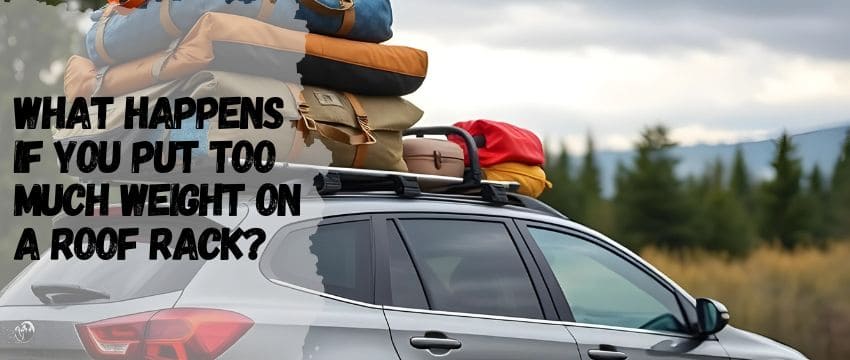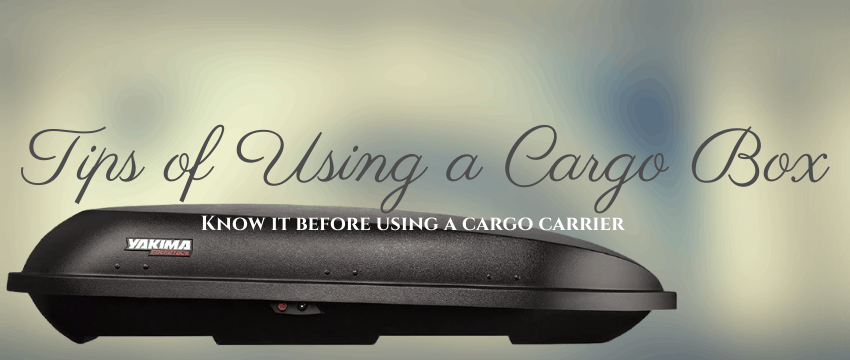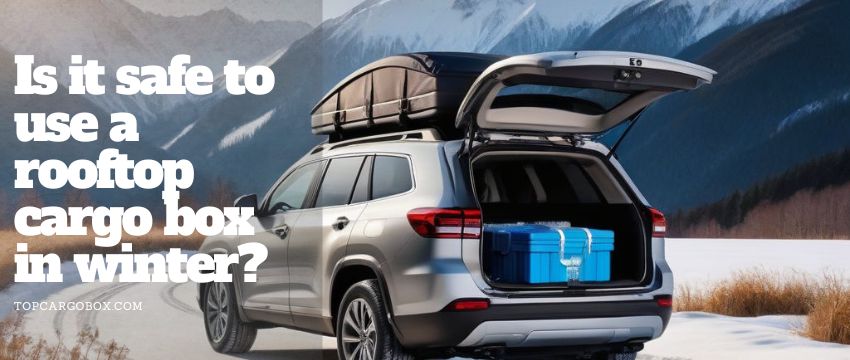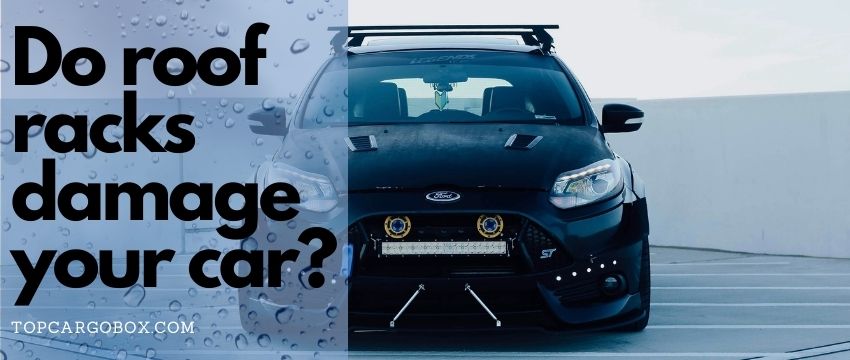Roof racks are incredibly useful for carrying extra gear—bikes, kayaks, cargo boxes, and camping equipment. But what happens when you overload them? Many drivers underestimate weight limits, leading to bent rails, roof damage, poor handling, and even accidents.
In this guide, we’ll break down:
✔ How much weight a roof rack can really handle
✔ The dangers of exceeding weight limits (structural damage, accidents, legal risks)
✔ How different vehicles (SUVs vs. sedans) handle heavy loads
✔ Real-world examples of roof rack failures
✔ Expert tips for safe loading and weight distribution
By the end, you’ll know exactly how to avoid overloading your roof rack while maximizing its utility.
Section 1: How Much Weight Can a Roof Rack Actually Hold?
1.1 Manufacturer Weight Limits – Why They Matter
Every roof rack has a maximum dynamic (driving) and static (parked) weight limit. These numbers aren’t arbitrary—they’re based on:
- Roof strength (metal vs. fiberglass vs. sunroof compatibility)
- Rack material (aluminum vs. steel vs. plastic)
- Mounting system (gutter mounts vs. fixed rails vs. clamp-on bars)
Typical weight limits:
- Sedans & hatchbacks: 100–165 lbs (dynamic)
- SUVs & crossovers: 150–220 lbs (dynamic)
- Heavy-duty off-road vehicles (Jeep Wrangler, Land Rover): Up to 300+ lbs
Static weight limits (when parked) are usually double the dynamic limit, meaning you can load more if the car isn’t moving.
1.2 What Counts Toward the Weight Limit?
Many drivers forget that the rack itself + attachments (bike carriers, cargo boxes) eat into the limit.
- Example: If your rack’s max is 165 lbs and the cargo box weighs 40 lbs, you only have 125 lbs left for gear.
1.3 How Vehicle Type Affects Weight Capacity
- Sedans with sunroofs often have lower limits (sunroof glass can’t support as much).
- SUVs with reinforced rails (like a Toyota 4Runner) handle more weight than a Honda Civic with clamp-on bars.
- Older cars may have weaker roofs due to rust or fatigue.
Pro Tip: Always check your owner’s manual for exact numbers—don’t guess!
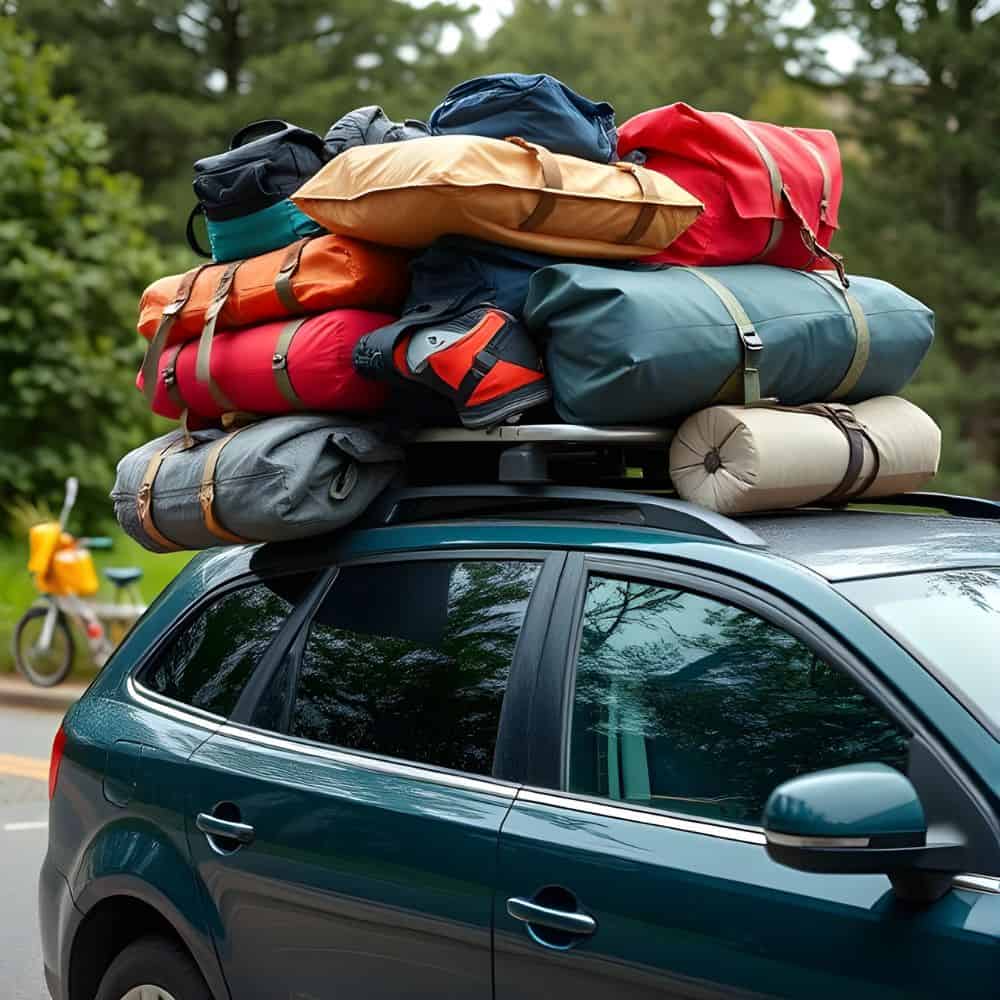
Section 2: What Happens If You Exceed the Weight Limit?
2.1 Immediate Risks: Bending, Cracking, and Collapse
Overloading a roof rack can cause:
✔ Bent or broken crossbars (especially cheap aluminum ones)
✔ Cracked roof panels (common in fiberglass-top vehicles)
✔ Sunroof damage (glass can shatter under extreme pressure)
✔ Detached racks (if mounting points fail)
Real-World Example:
A Subaru Outback owner loaded 300 lbs of firewood (double the limit). After hitting a bump, the roof rails bent inward, requiring a $1,200 repair.
2.2 Handling & Safety Risks
Too much weight on the roof:
✔ Increases body roll (higher risk of rollovers in sharp turns)
✔ Lengthens braking distance (weight shifts forward under braking)
✔ Causes instability in wind (tall loads act like sails)
Expert Insight:
“A roof-loaded vehicle handles like a sailboat in crosswinds. Overloading makes it worse.” – John Davis, Auto Safety Engineer
2.3 Long-Term Damage: Stress on the Roof Structure
Even if nothing breaks immediately, chronic overloading can:
✔ Warp the roof frame (leading to leaks or rattles)
✔ Loosen mounting points (racks may detach later)
✔ Void your warranty (most manufacturers deny claims from overload damage)
Section 3: Real-World Cases of Roof Rack Failures
Case 1: The Collapsed Kayak Rack
- Vehicle: Ford Escape
- Load: Two 80-lb kayaks (160 lbs total) + 30-lb rack = 190 lbs
- Limit: 150 lbs
- Result: After highway driving, the roof rails ripped out, damaging the headliner.
Case 2: The Overloaded Cargo Box
- Vehicle: Honda CR-V
- Load: 200 lbs of camping gear in a Thule cargo box
- Limit: 165 lbs
- Result: The crossbars snapped on a pothole, sending gear flying.
Case 3: The DIY Rack Disaster
- Vehicle: Chevy Silverado (with homemade wooden rack)
- Load: 400 lbs of lumber
- Result: The roof crumpled under weight—totaled the truck.
Section 4: How to Safely Load a Roof Rack
4.1 Stay Under the Limit (And Account for Accessories)
- Weigh your gear first (use a bathroom scale).
- Subtract the rack/carrier weight from the max limit.
4.2 Distribute Weight Evenly
✔ Center the load (avoid front/rear bias).
✔ Secure tightly (straps should not allow shifting).
4.3 Drive Differently With a Heavy Load
✔ Avoid sudden turns (roof weight increases rollover risk).
✔ Brake earlier (extra weight = longer stopping distance).
✔ Watch for low clearances (parking garages, drive-thrus).
Section 5: Legal & Insurance Consequences
5.1 Can You Be Fined for Overloading?
- Yes! Many states have weight limit laws (especially for commercial vehicles).
- If an overloaded rack causes an accident, you could be liable.
5.2 Will Insurance Cover Roof Rack Damage?
- Maybe. Some policies exclude “improper load” incidents.
- Always document your setup before trips.
Final Verdict: Is It Worth the Risk?
✅ Safe Loading = No Problems
- Stick to limits.
- Distribute weight properly.
- Drive cautiously.
❌ Overloading = Costly Repairs (or Worse)
- Roof damage isn’t cheap.
- Handling becomes dangerous.
- Insurance may not help.
Pro Tip: If you regularly haul heavy gear, consider a trailer instead—it’s safer for big loads.
Our team is creating outdoor-gear relevant articles with passion. If our articles can help you to find the correct solutions for your questions, we will be happy about that. In the content creation process, we usually collect accurate and useful information online or offline to compile our content in an organized way. Consequently, we can guarantee that you can discover some expected answers to your questions. We appreciate your time on our site.

